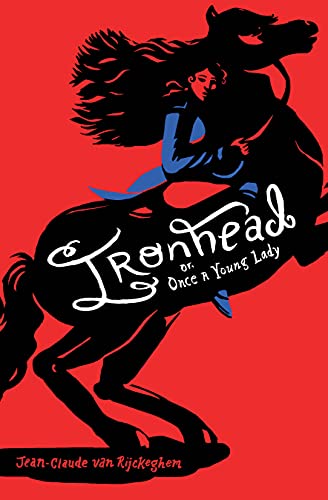Ironhead, or, Once a Young Lady
In 1808 Ghent, 18-year-old Constance has little interest in being a young lady and none in getting married. When her parents decide to marry her off to a much older man, “Stance” tries to conform. But marriage to a loathsome and abusive criminal, even if he has paid off her father’s debts, is not a life Stance will tolerate. She runs away to join Napoleon’s Fourteenth, having assumed the identity of her recently conscripted neighbor, Binus. Disguised as a man, Stance finds the freedom and camaraderie for which she has longed. Despite the harsh life, her fears of being discovered, and the terrors of war, Stance thrives. She earns the respect of her comrades and the nickname “Ironhead” after surviving a gunshot to the head and finds the beginnings of love after an amorous encounter with a woman. Unfortunately, Stance’s abandoned husband sends Stance’s timid younger brother Pier after her. Pier succeeds in bringing Stance home, though not in the condition anyone expected. Severely wounded in battle, Stance suffers severe PTSD. But this is not the end of Ironhead. In time, Stance recovers and embarks on a new life to be lived on her own terms.
The alternating chapters between the fiercely independent Stance and the entitled, pious Pier first feel like two distinct stories, but Van Rijckeghem twists the two narratives together into a seamless story. The reader follows the siblings through their relationship from animus to respect, caring, and support. Stance’s gender fluidity is compelling and subtle, making it an integral part of her character. Pier’s maturity is a natural and welcomed progression. Written for young adult readers, the scenes of war are graphic but not gratuitous. This is a wonderful story filled with horror, joy, sadness, and hope of the possibility of finding one’s true self.










